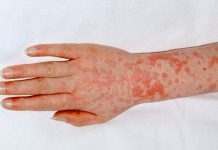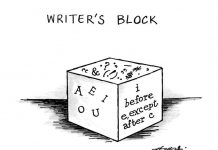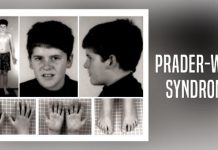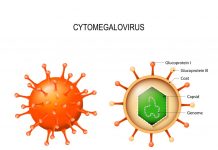
The dictionary definition of anaemia is lack of blood. In reality it refers to a lack of haemoglobin: the pigment in red blood cells that gives blood its red colour.
Two of the most interesting things about haemoglobin are firstly that it contains iron and secondly, that it readily takes up oxygen. Oxygen in the air drawn in by the lungs is transported to the tissues by the haemoglobin in blood.
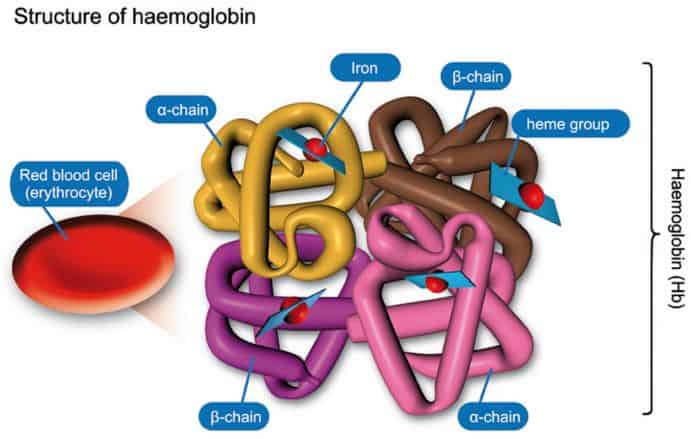
The major clinical features resulting from a lack of haemoglobin or too few red blood cells are those which result from poorly oxygenated tissues: tiredness, breathlessness, palpitations and malaise. Other features will depend on the type of anaemia and there are a number of these.
The diagnosis of anaemia and its type is made by laboratory tests, microscopic examination of the blood and from the signs and symptoms the patient exhibits. The major types of anaemia are detailed below.
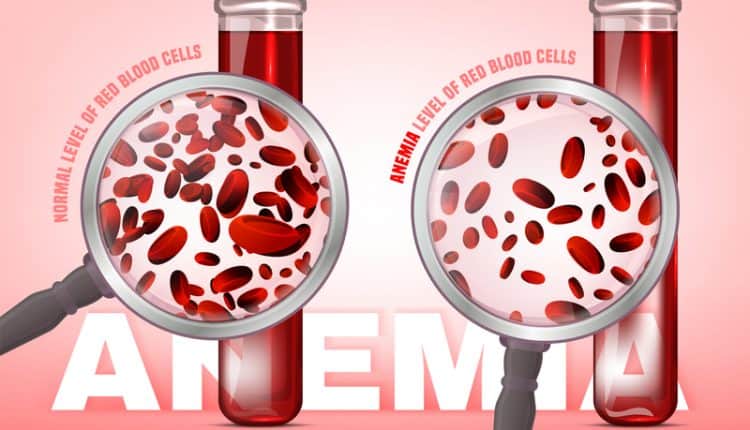
Iron Deficiency Anaemia
This is the most common type of anaemia and is often due to blood loss. Although the body stores iron, periodic or continual bleeding will deplete those iron stores. If the loss exceeds intake of iron in the diet then anaemia is inevitable. Women with heavy periods are particularly vulnerable. People taking long term non-steroidal anti-inflammatory drugs are also at risk due to stomach bleeding.
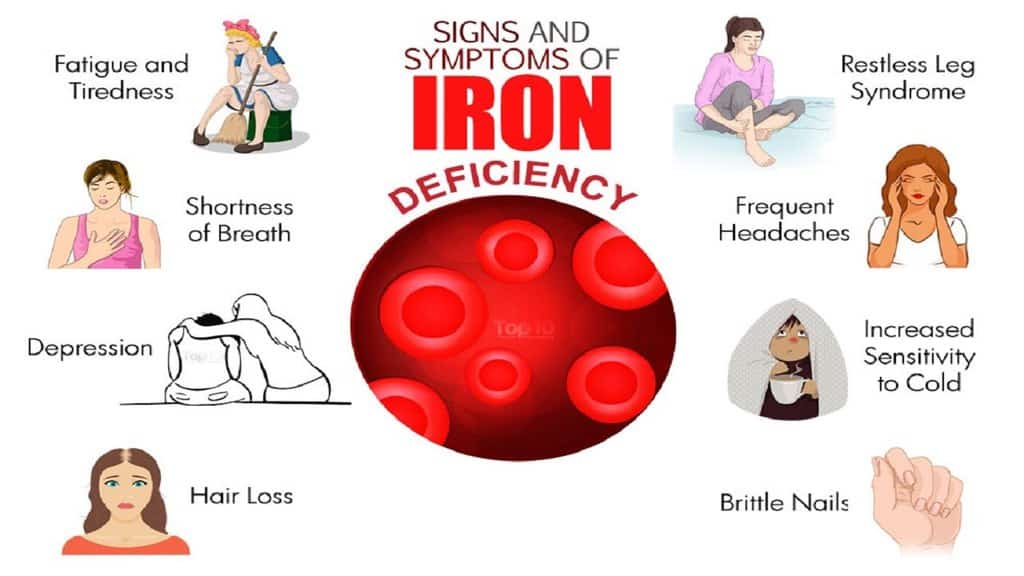
Iron deficiency anaemia can also occur if the demands for iron are greater than intake. An example would be pregnant and nursing mothers where of course the growing baby is using up a lot of iron.
The major food sources of iron are offal, fruits and vegetables.
B12 and Folic Acid Anaemia
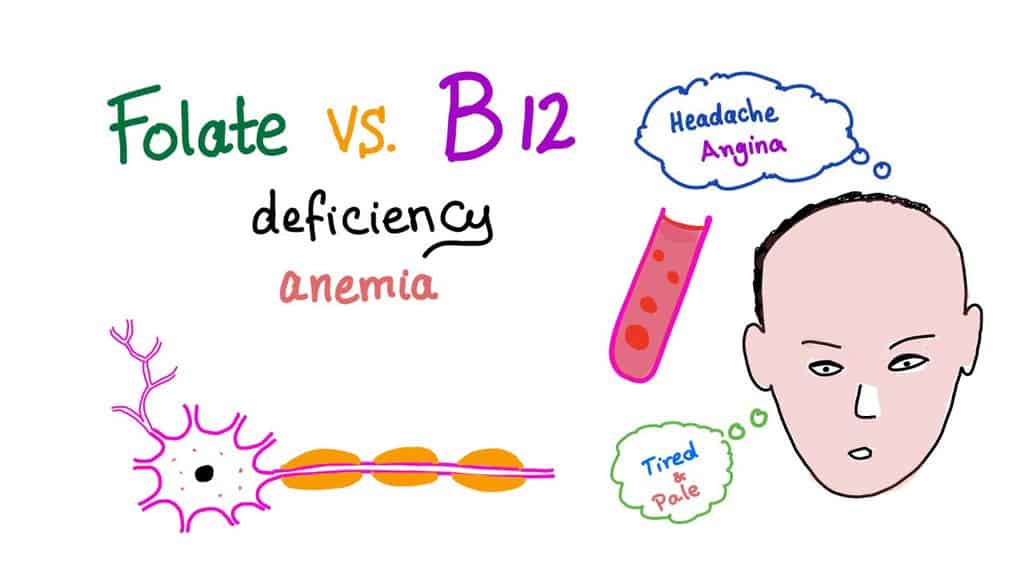
These two vitamins are important in DNA synthesis which initiates the building of protein structures within all cells. Red blood cells seem particularly sensitive to deficiency of these vitamins.
The causes of vitamin B12 deficiency can either be due to autoimmune disease whereby the vitamin is not absorbed properly by the stomach (pernicious anaemia) or inadequate dietary intake – most commonly seen in pregnancy or in alcoholics.

The clinical features of B12 deficiency are: anaemia symptoms, jaundice, painful tongue and neurological signs such tingling in the extremities, numbness, memory loss, confusion and paraplegia.
Sources of usable B12 are found almost entirely in animal products.
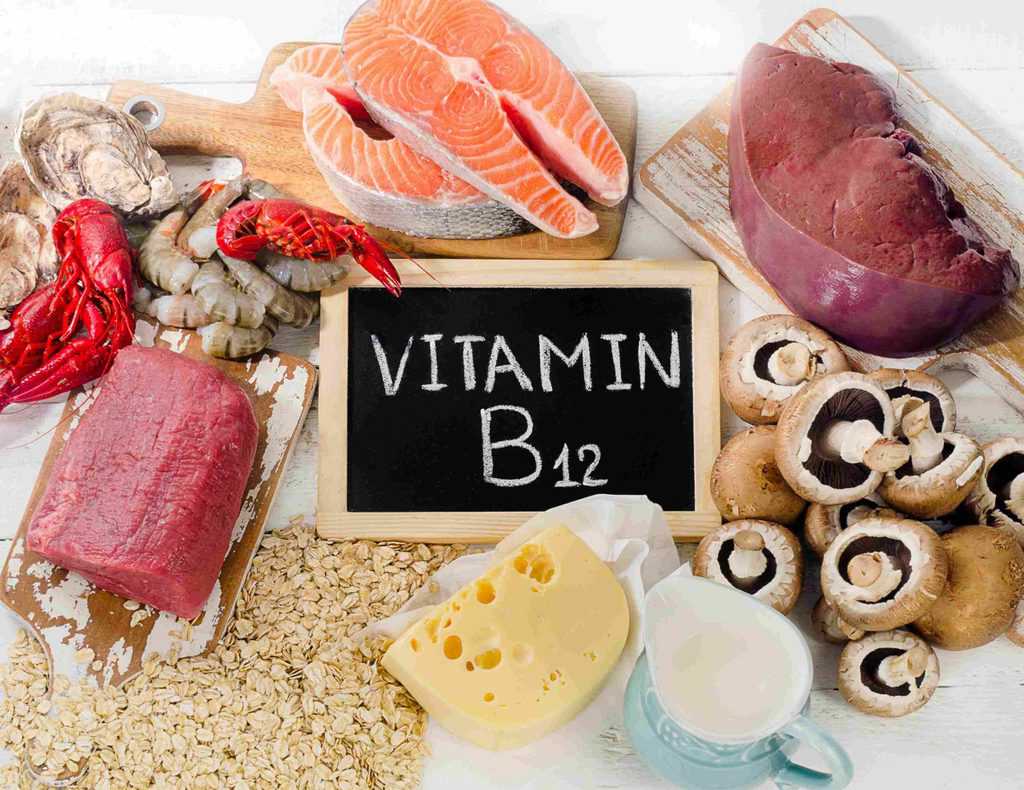
Anaemia from folic acid deficiency arises from either lack of intake such as insufficient fresh vegetables or increased demand as in pregnancy: in many countries pregnant women are routinely given folic acid supplementation. Like B12 anaemia, it is often seen in alcoholics.
Folic acid deficiency features: anaemia symptoms, neurological symptoms but less severe than with B12 deficiency.
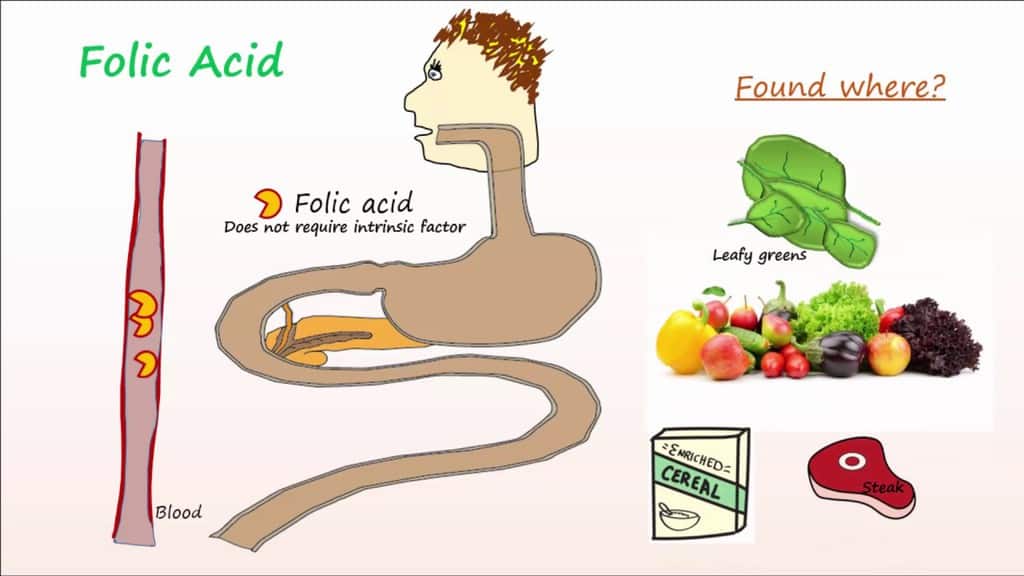
Aplastic Anaemia
This results from a reduction in the stem cells of the marrow which produce red blood cells. Clinical features are those of anaemia plus frequent infections and bruising. The causes are listed below.
- Drugs: many drugs are implicated particularly if given long term, however this is rare.
- Chemicals: weed killers, solvents and insecticides are the chief culprits.
- Viruses: quite a few viruses have been implicated, the hepatitis virus is the best known.
- Radiation: bone marrow is an area of many rapidly dividing cells which makes it susceptible to damage from this source.
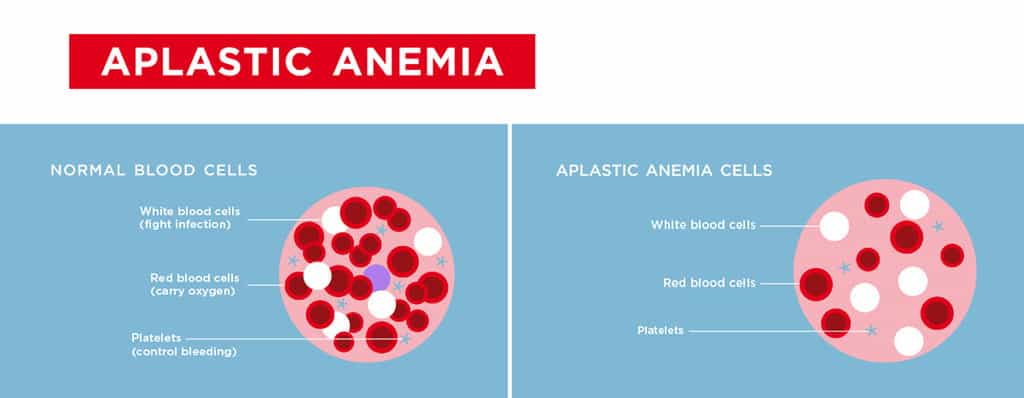
Haemolytic Anaemia
This occurs when the the normal lifespan of the red blood cell is reduced. It can be due to inherent structural problems within the cell itself or autoimmune in nature.

The two best known structural problems are sickle cell anaemia and thalassaemia. Both of these are inherited disorders which confer some protection against malaria and so are prevalent amongst peoples from malaria endemic areas.
Clinical features are as for anaemia but those with sickle cell disease are prone to crises in which they experience bouts of severe pain and difficulty in breathing.

This article is for information only. If you have any health concerns you should consult your doctor.


